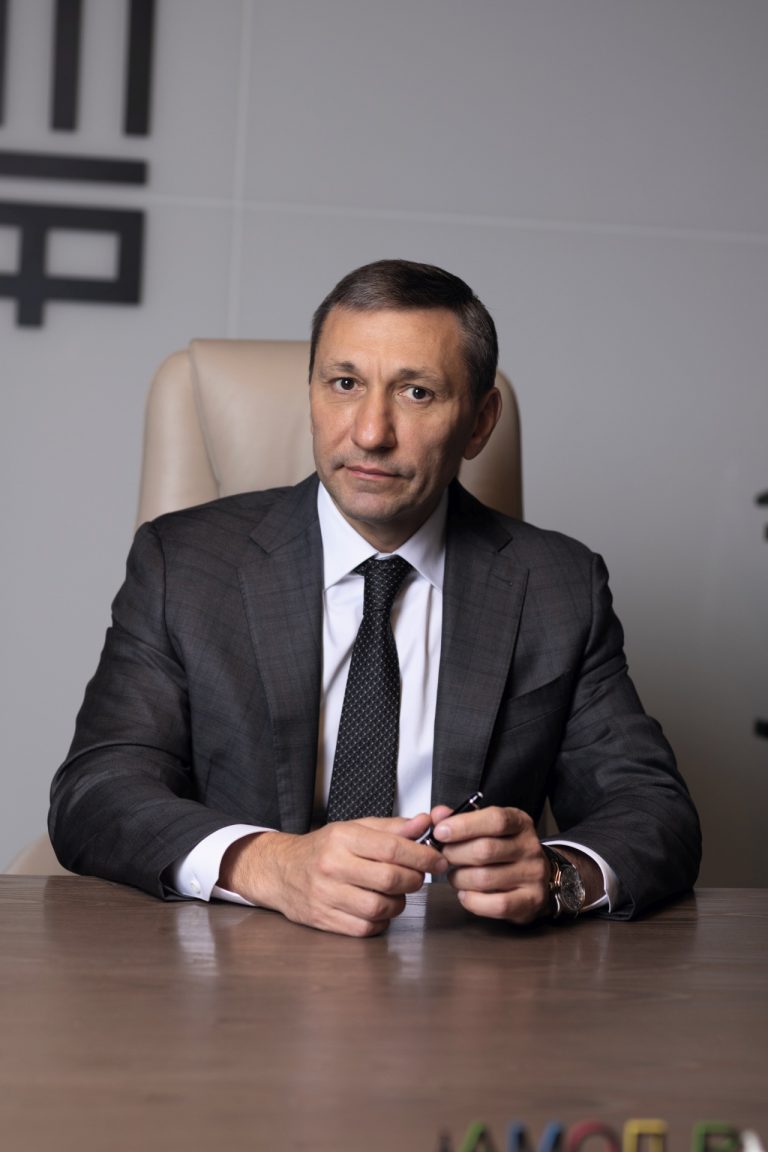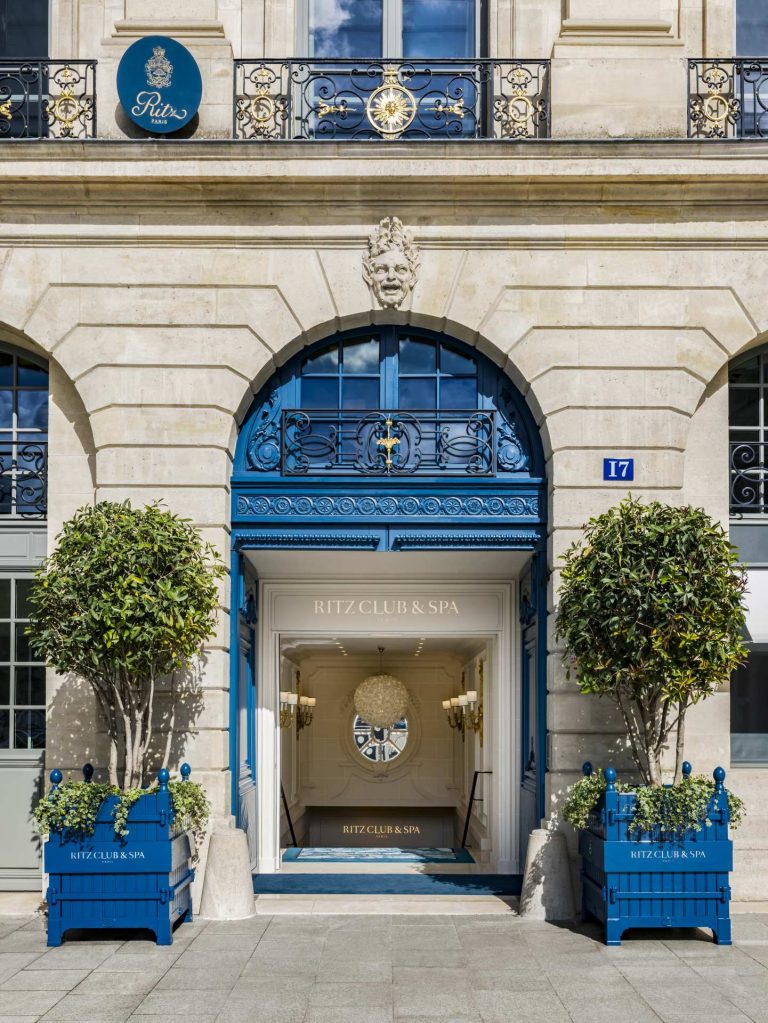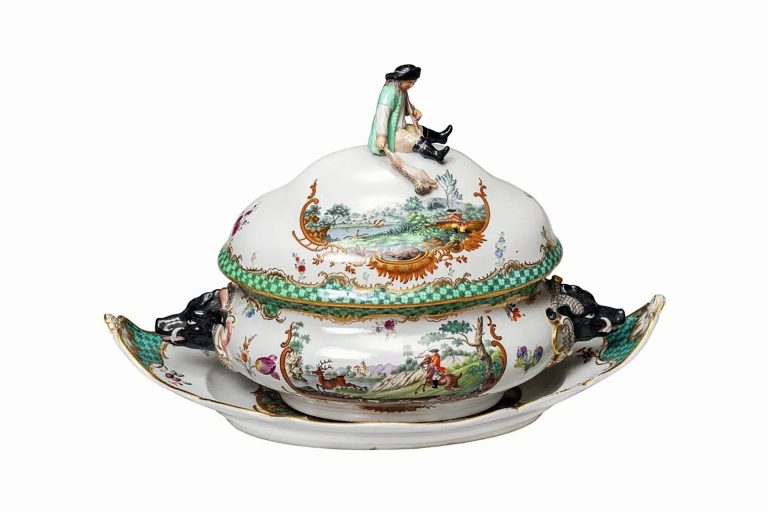Twenty years ago, lawyer, philanthropist, and collector Maksim Viktorov acquired a violin once played by the great Paganini. Today, he is restoring the Uspenskoye estate, where this violin will once again be heard.
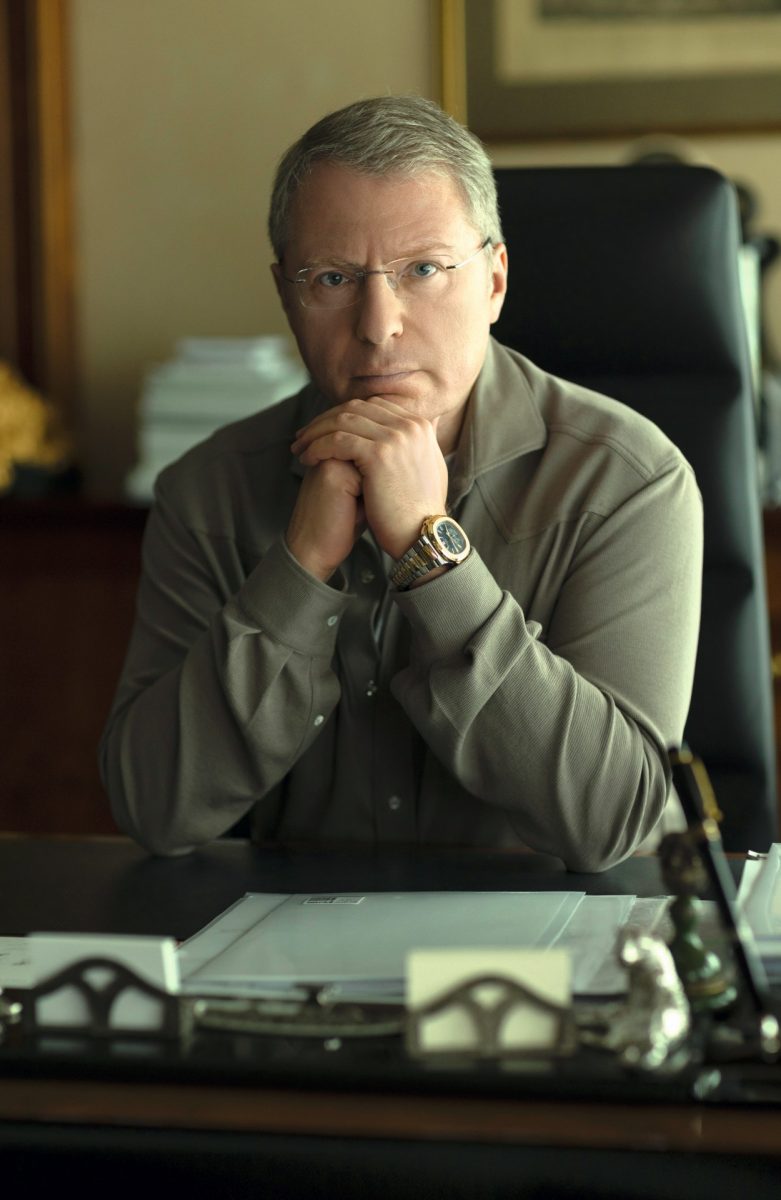
In 2022, the management company Evocorp, headed by Chairman of the Board Maksim Viktorov, became the owner of the Uspenskoye estate, acquired at a Dom.RF auction. The estate on the Rublyovo-Uspenskoye highway in the Odintsovo district of the Moscow Region includes cultural heritage sites — a park and a historic mansion — a Gothic-style castle built according to the design of architect Pyotr Boitsov in the last third of the 19th century. In addition, a structure from the 1970s adjoins the castle. As a result of the auction, the owner is required to carry out the restoration of the park and the historic mansion. What does the future hold for the estate?
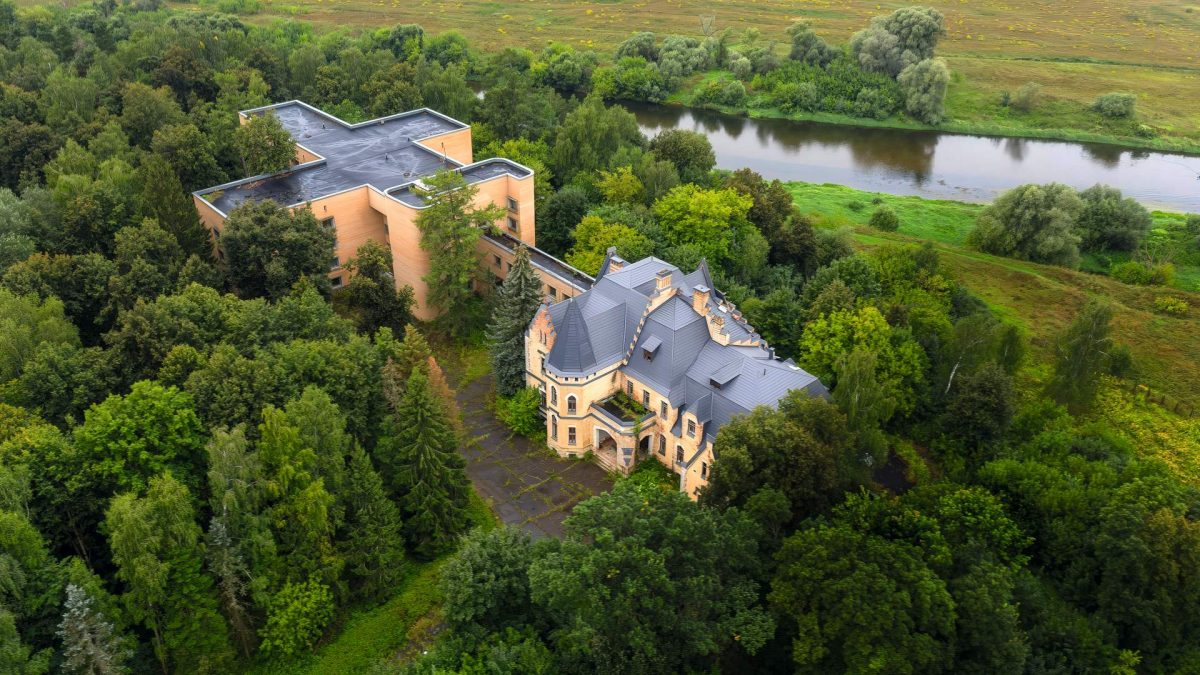
– Maksim, last autumn, the All-Russian competition for the architectural concept of the Uspenskoye estate made headlines. What tasks were set before the competition participants?
– We needed to determine what to do with the Soviet-era building — a former Academy of Sciences hospital — that is connected to the historic castle by a passageway. I had many ideas about this space, but I wanted to broaden the search and gather a truly large amount of data so that later I wouldn’t find myself saying, “Oh, we could have done it differently.”
– So you decided to measure seven times and cut once?
– Yes. It’s quite rare for a private owner to seek the opinion of the architectural community. As a result, the competition attracted 35 participants — not just individual architectural firms but entire creative collaborations. Ten of them became finalists, and four were awarded prizes. We have now finished processing this colossal amount of information and have consolidated all the ideas that we found interesting.
– Do you have any original ideas regarding the restoration of the castle itself?
– Of course. First and foremost, in the restoration of the castle, we are not using modern technologies. Our goal is to recreate it as it was originally envisioned by the architect Pyotr Boitsov. A 19th-century architectural monument cannot have modern double-glazed windows, air conditioners, or ventilation systems. A different system was originally implemented here — warm air rose through heating ducts from masonry stoves. We want to restore this system, and I’m glad that as the project, approved by the Main Directorate for Cultural Heritage, progressed, all participants became passionate about this idea.
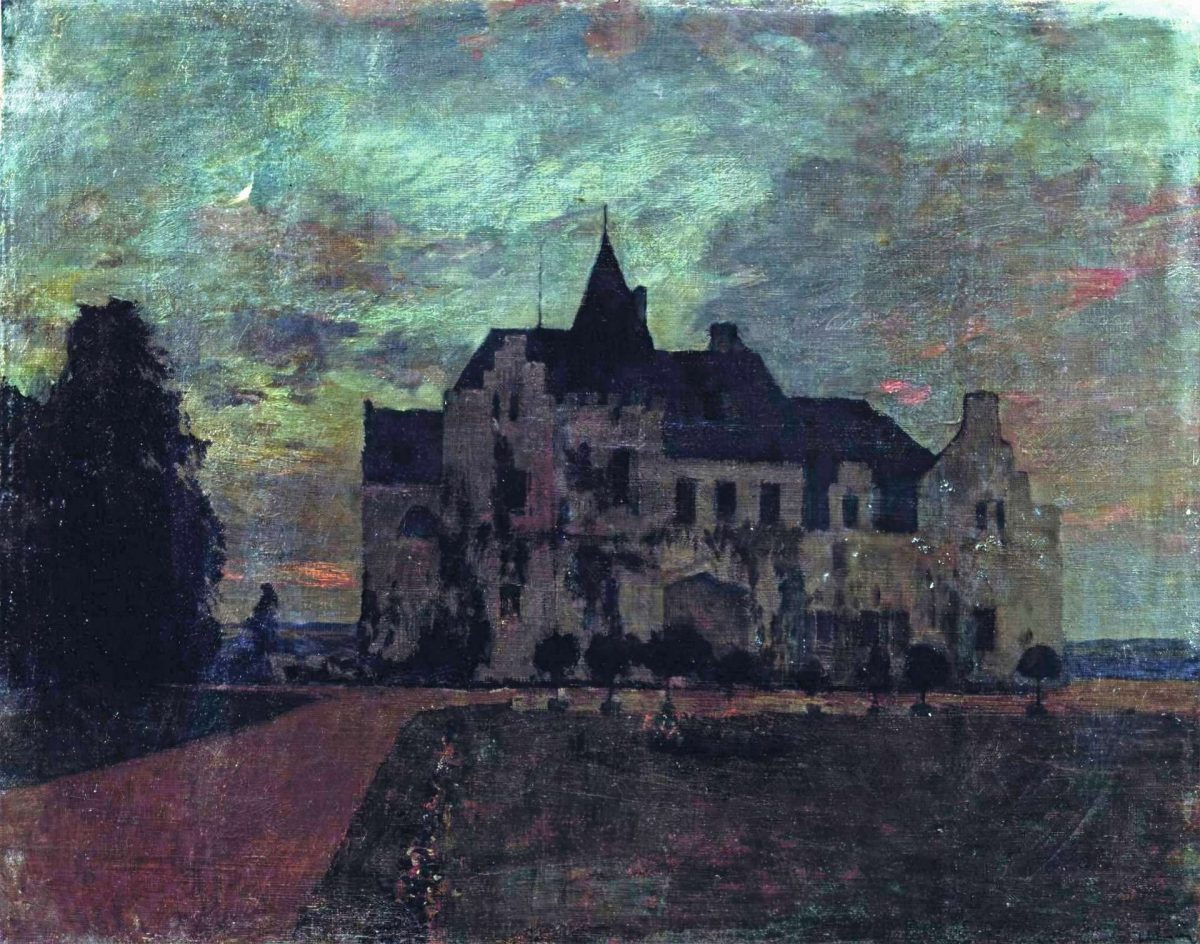
– Let’s go back to the beginning — how did you come across this property?
– Dom.RF advertised it so widely that I just came across it on the internet. I’ve been living not in the city, but on Rublyovka for about 25 years now. Of course, I had seen the Uspenskoye castle before and knew that it had been preserved since Soviet times — thankfully, it hadn’t been destroyed. We won the open auction, and as part of preparing the castle restoration project, we had to “uncover” its history. We approached this informally and discovered a lot of fascinating things. Moreover, we had the opportunity to compare Pyotr Boitsov’s creations in Uspenskoye and at the Meyendorff estate in the Barvikha area. Both castles were built for the daughters of Senator Alexander Borisovich Kazakov. Nadezhda married Baron Meyendorff, and Vera married Prince Svyatopolk-Chetverinsky. Interestingly, at the same time in Moscow on Povarskaya Street, Boitsov was building a mansion for him, which we now know as the Central House of Writers. Later, the Uspenskoye castle was inherited by Vera Alexandrovna’s daughter, who became the wife of Baron Mannerheim — the very one whose history in our country has been “muted” due to his involvement in the Winter War. In 1894, the castle was acquired by Sergey Timofeyevich Morozov, a member of the well-known family of Old Believer merchants, a philanthropist and patron of the arts, and the brother of the famous Savva Morozov. At his invitation, Levitan stayed here, and later, at Levitan’s own invitation, Chekhov also visited.
– The history is impressive — even though you started recounting it from the mid-19th century.
– Actually, the castle stands on a 16th-century foundation! For me, the history of this estate became a true revelation and, overall, a very personal, intimate experience. A curious moment preceded the purchase of the castle. Shortly before that, Levitan’s studio near Chistye Prudy was put up for auction. That’s my native neighborhood: I spent the first four years of my life on Lyalin Lane, and I was taken for strolls in a stroller through Milyutinsky Garden. And suddenly I find out that Levitan’s studio is up for sale, and I realize that I have to buy it! But I wasn’t able to make it happen. The auction winner offered a higher amount. And when I saw the announcement about Uspenskoye…
– …you realized you couldn’t miss this opportunity?
– Yes! Uspenskoye is the heart of Rublyovka. I know Rublyovka and its surroundings very well — I’ve explored everything by bike and on horseback — and I understand what the heart of Rublyovka represents in terms of the energy of this entire space. I feel this immense, slumbering energy of a kind “dragon” that is waiting to be awakened, revealed, and “set free.”
By the way, there’s essentially no place on Rublyovka where young people can spend their time. I don’t mean restaurants or boutiques, but rather something with emotional significance. Now such a place will exist. And when visiting the estate park, people will be able to be alone with themselves, with nature, with great history — here’s the Moscow River bank, here’s a castle worthy of Levitan’s brush. Though Chekhov liked neither the castle, nor the wine, nor the furniture, nor Morozov himself.
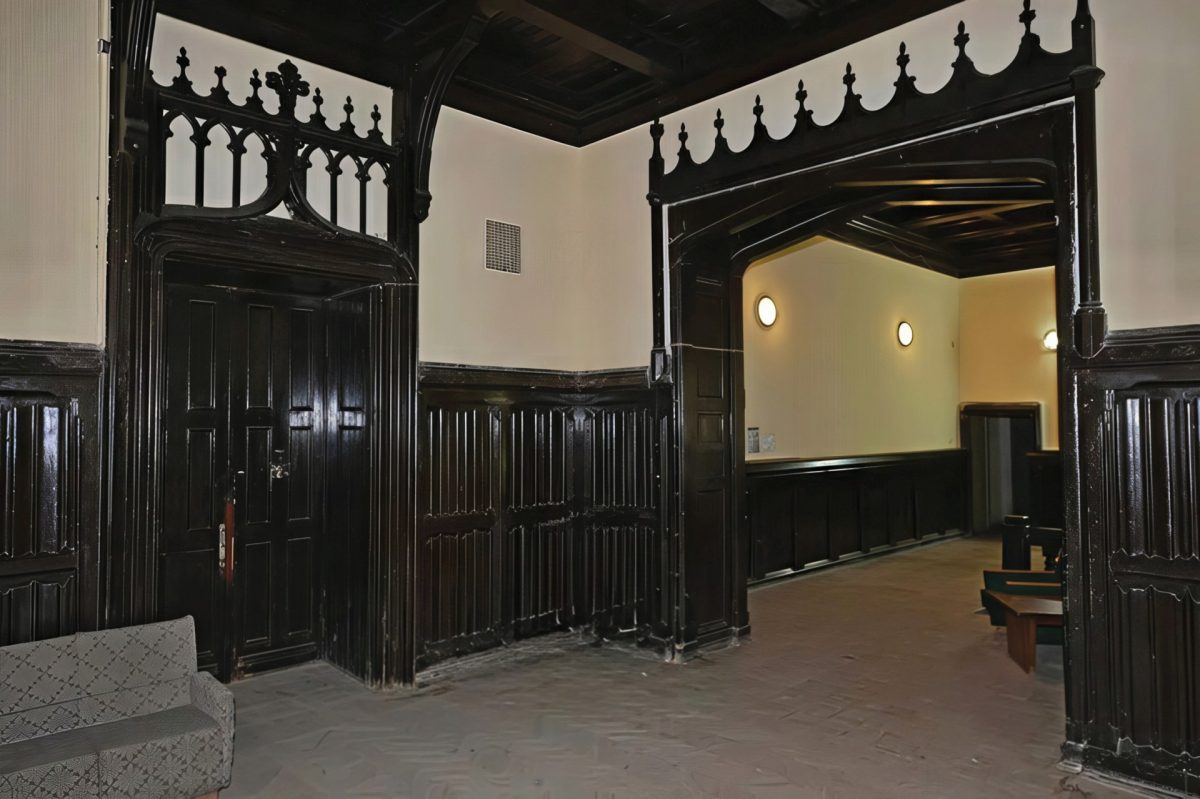
– What was it that Chekhov didn’t like?
– He was a genius. And he needed money for medical treatment, which, by the way, Morozov gave him at Levitan’s request. Naturally, he had to go and get acquainted. Morozov had been helping Levitan long before Chekhov — he had a kind heart and came from a wealthy family… Chekhov found the furniture tasteless, the house like the Vatican, and the liveried footmen too much… But Morozov was an Old Believer. He had his own ideas about beauty.
You know, I realized why Morozov bought this estate. At that very time, Mussorgsky’s opera Khovanshchina was being staged, with the overture Dawn on the Moscow River — and that’s practically a true anthem to Old Belief! And he buys a castle on the Moscow River — by the way, for a very large sum, 230,000 rubles. It was a symbolic acquisition.
The view from the castle windows is truly breathtaking. On the roof of the adjacent building, we’ll create a viewing platform so people can watch the sunrise accompanied by Mussorgsky’s music. I think it will be interesting for graduates and newlyweds, for example.
– What else will be in that building?
– Possibly a suburban branch of a Moscow educational institution, creative laboratories, lecture halls, spaces for theatrical performances, and a large modern IT hub.
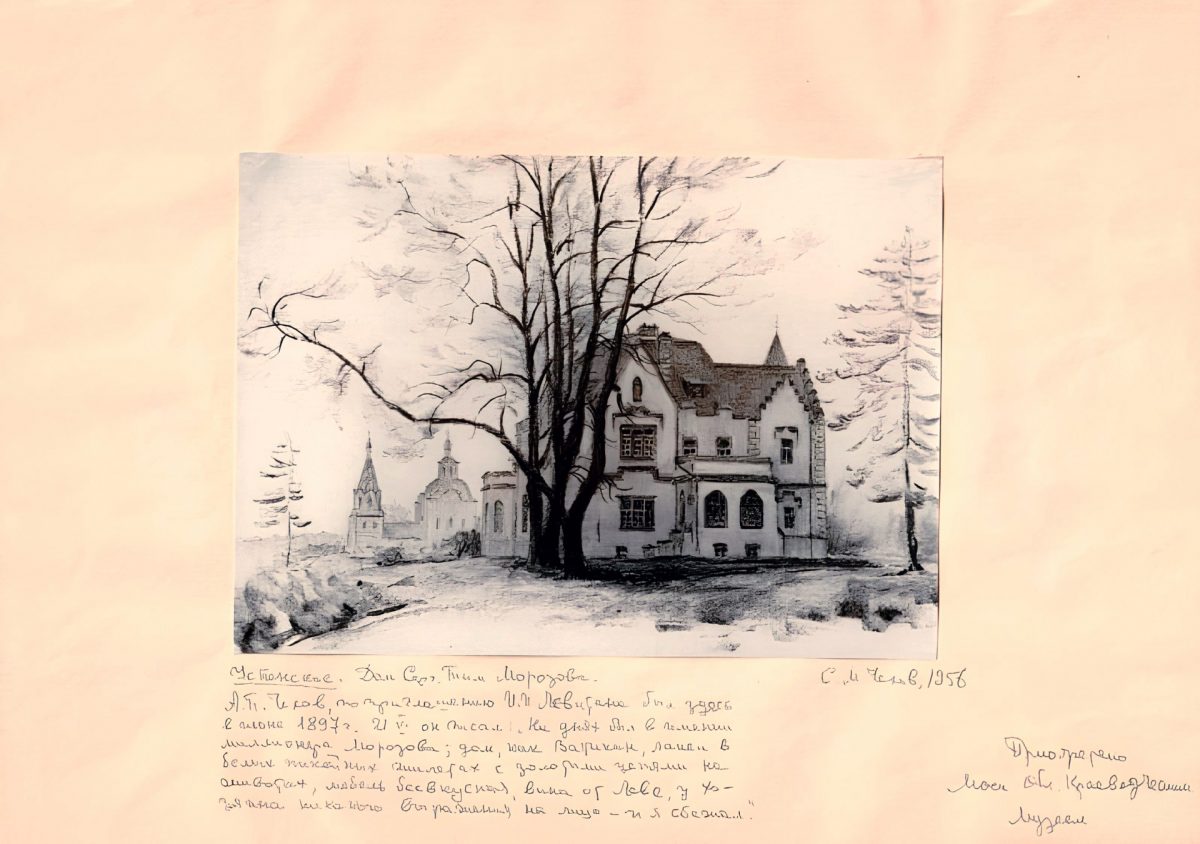
Uspenskoye can become a kind of emotional anchor point — from which people can set off by bike or horseback, or go on walking or river excursions. Here, you’ll be able to enjoy a delicious breakfast or dinner, read a book, exercise, take a walk, listen to a concert, or view an exhibition — and our task is to make sure none of it feels dull, but rather that the place pulses with energy.
And I really want different generations to come together here. Let’s say there’s a concert in the castle in the evening — classical music, black tie… And at the same time, young people are coming out of the modern building after watching one of their own performances. And it all blends together naturally, because all these people have come to be in this very place.
– How much time will it take to develop Uspenskoye?
– Another two to three years, at the very least.
– Will the “Ex-Paganini” violin by Carlo Bergonzi, which you acquired at Sotheby’s in 2005, be heard within the walls of the castle?
– Absolutely! And not just that one. The “Ex-Vieuxtemps,” crafted in 1741 by Giuseppe Guarneri del Gesù, will be heard as well. These instruments are absolute masterpieces. Today, you can’t buy them for any amount of money. And replicating them is impossible as well. And it’s not just that each instrument embodies exquisitely meticulous craftsmanship. Each one is also a message, a distinct statement from the master, which can only be truly felt and conveyed by a performer of equal genius. I can assure you that everything we do in the castle will be of the highest possible standard. And anyone who receives an invitation here will know they’re going to experience something truly special.
– That’s a very ambitious goal.
– As Bernard Shaw said, no endeavor is worth pursuing unless its consequences are significant. And I agree with him.
Photo: Philipp Goncharov, Vostock Photo, Press Office
